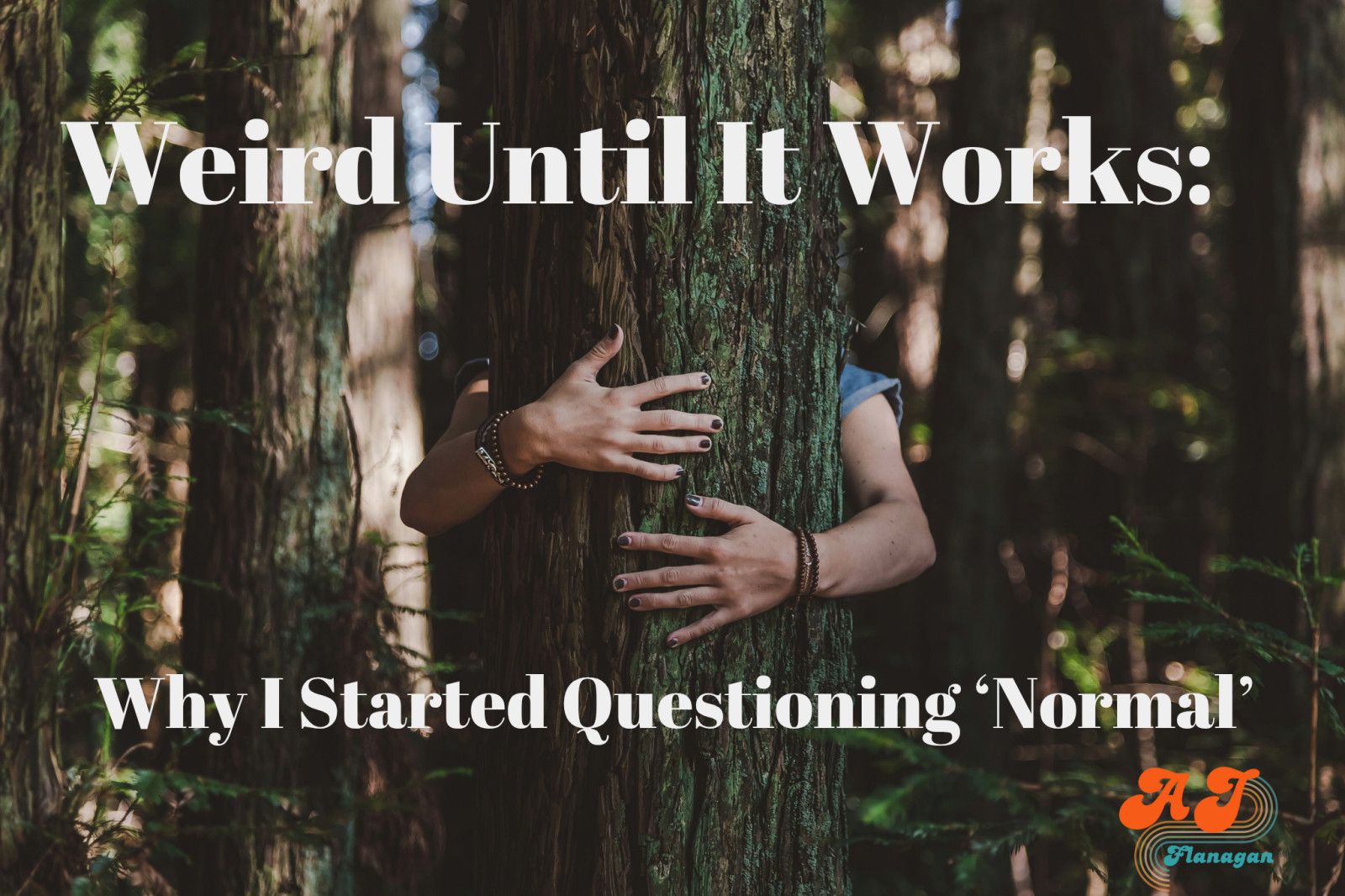
This blog is a bit of a followup on a recent one I wrote about 10 things that I used to think were woo-woo - until they actually worked. All of the comments and emails I got afterwards got me to thinking. Why do we think that stuff is woo-woo in the first place?
Remember the movie "White Nights" with Mikhail Baryshnikov, Gregory Hines, Isabella Rossellini, and Helen Mirren? I used to play that soundtrack over and over and can still remember the lyrics to Lou Reed's song "My Love is Chemical" from it. Their meaning is actually more metaphorical than I understood back then when I took them quite literally:
When I see the way you paint your lips and I smell your perfume
when I see the brand new color that you've dyed your hair, too
I know, you know, it's more than physical
My love, my love, my love, love is chemical
Well I know the saying goes that all in love and war is fair
but I've never stood a chance against your chemical warfare
The polish on your fingernails mascara on your eyes
the lotion you rub on at night to make sure your hands ain't dry
My love, my love, my love, love is chemical
It’s wild how much we internalized those messages, right? “Chemical” was sexy. Edgy. Better than boring old “natural.” And that thinking stuck with us, even as our bodies quietly pushed back. Not accepting the idea that "new and improved" chemical-laden products were the best would mean that we were hippies or woo-woo freaks.
Have you ever had that household cleaner aisle moment—smelling something that gave you a headache but still trusting the brand because it was familiar or popular? You see, that's the way EVERYTHING is marketed to us... chemical is better than natural and we're not supposed to connect the dots between the chemicals and the headaches or allergies.
But now we're starting to pay attention as we age and our bodies begin to push back a little harder.
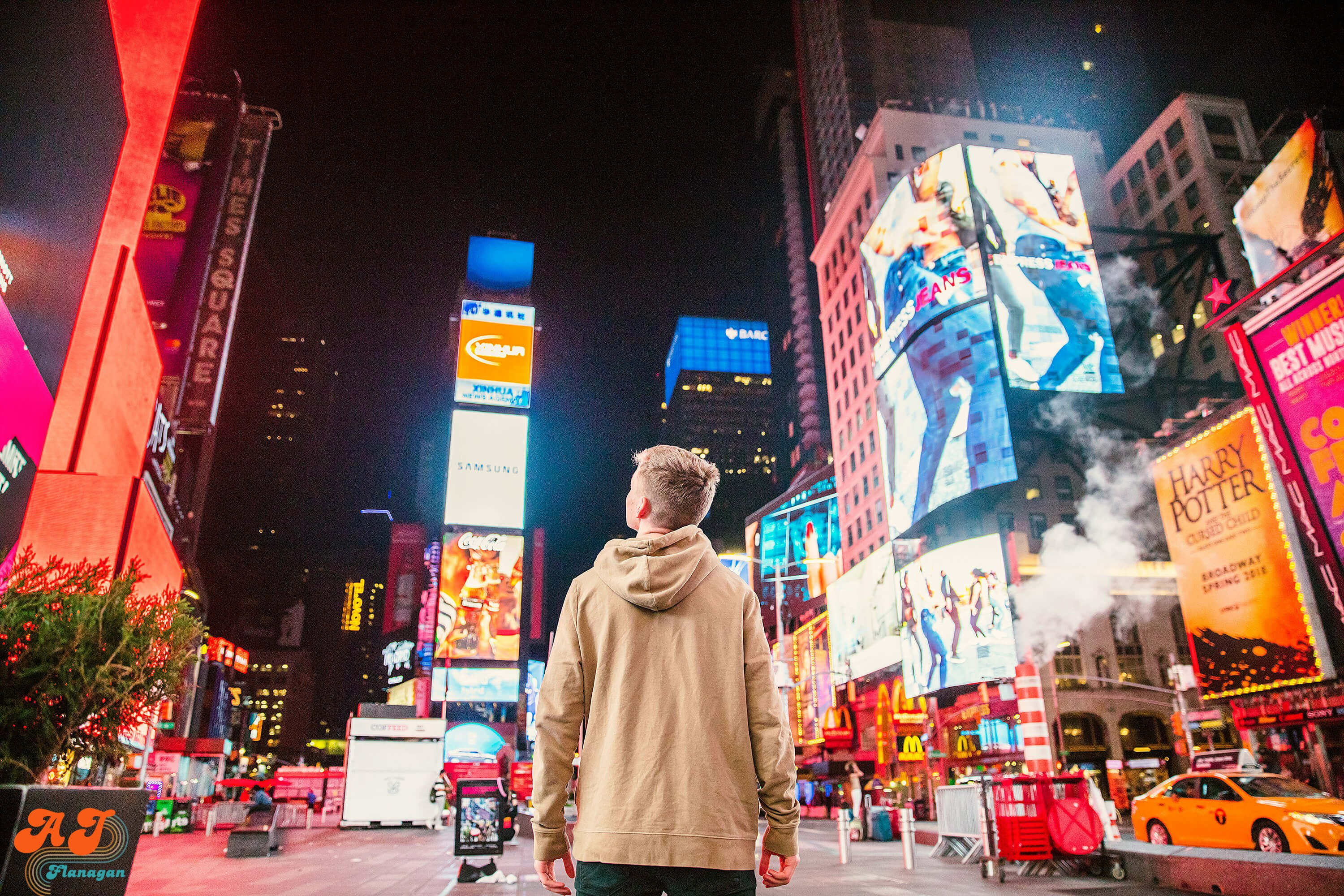
The Conditioning Runs Deep
We’ve been subtly (and not-so-subtly) trained to trust certain things without question. If it comes in a box, it must be safe. If a doctor hands you a prescription, you take it. If a brand has been around forever, it must be safe. Meanwhile, natural remedies, home-grown herbs, or anything labeled “alternative” have been treated like they belong on the fringe. Fringe, or a full moon drum circle.
We’re not taught to read ingredient lists. We’re not encouraged to ask why we clean our counters with something that gives us a headache. And if we do, we get labeled as the "crunchy friend" or “that essential oil lady...” with an eye roll to go along with it.
Think about it—how many of these did you grow up hearing?
• TV commercials taught us chemicals = clean.
• Doctors’ offices handed us prescriptions, not prevention.
• Our moms were told to step up as "Dr. Mom" and tell us stuff like “If it stings, it’s working.”
• “Convenience” was sold as self-care—but often led to burnout, toxic load, and disconnection.
• Words like “hippie,” “witchy,” or “woo-woo” were used to shut down curiosity.
It’s no wonder so many of us rolled our eyes at essential oils—until that one day when one worked for us.
It was actually some things my grandmother did and taught me about that originally got me questioning what I'd heard... she talked about natural remedies that her mother and grandmother taught her. Why was I taking conventional medicines when simple, natural remedies are readily available, cheaper, and don't come with a long list of warnings and side-effects?
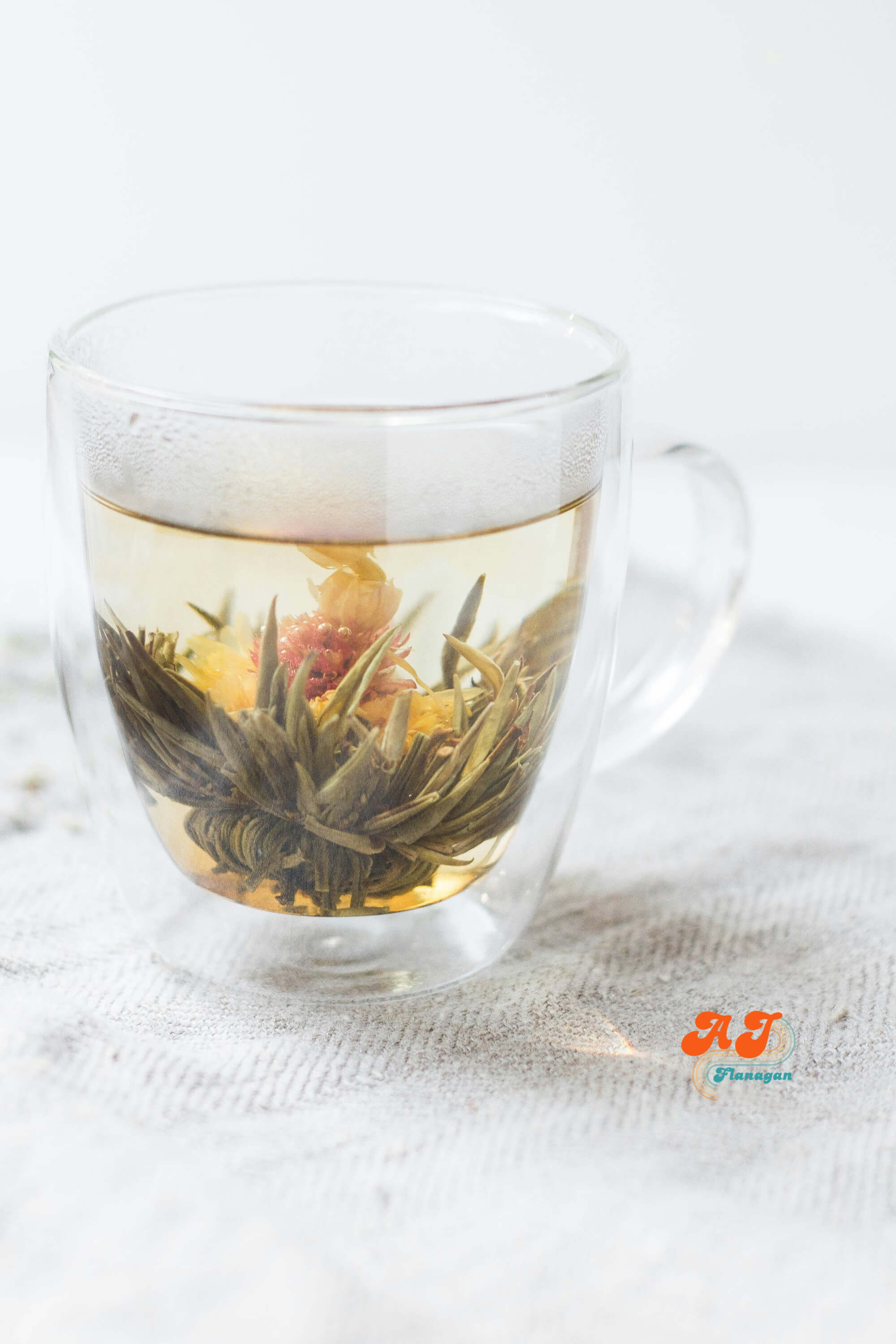
But What If the “Weird Stuff” Actually Works?
The more I leaned into natural wellness, the more I realized: maybe it’s not woo-woo. Maybe it’s wisdom. Essential oils? Used for thousands of years. Herbal teas? Your great-grandmother probably had her own little medicine cabinet in the garden.
Even grounding—walking barefoot outside—has legit science behind it. Turns out, a lot of these so-called “quirky” practices are just ways of returning to what our bodies already know and respond to.
I now swear by grounding, getting some sunlight, and just getting out into the woods. Immersing myself in nature helps with issues I hadn't even consciously noticed within myself yet.
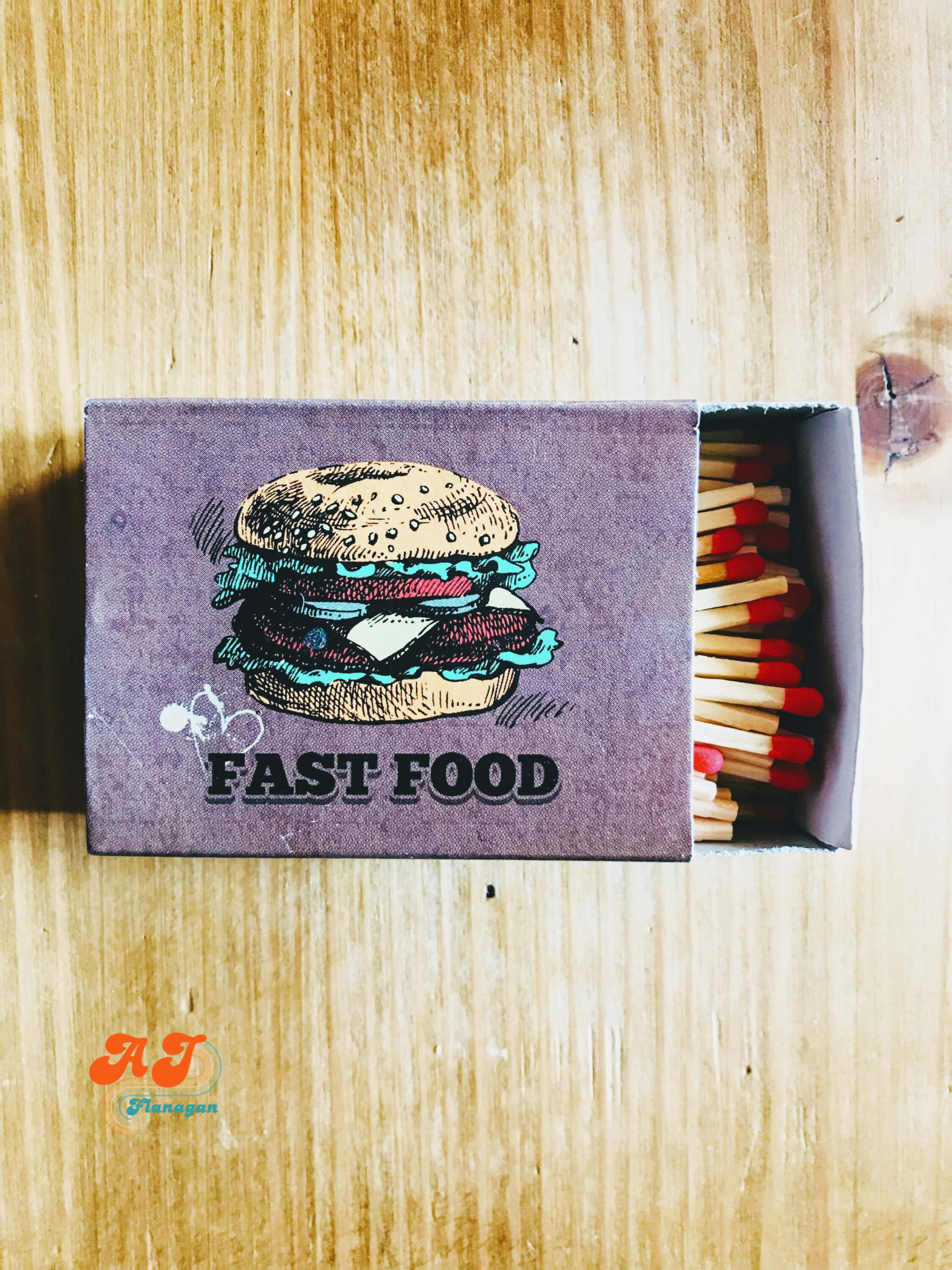
Convenience Has a Cost
We were sold a lifestyle of convenience—faster meals, stronger cleaners, better sleep (from a bottle). But that “convenience” often came with side effects: fatigue, hormone disruption, mystery headaches, chronic stress. We weren’t lazy; we were just taught not to question it.
I used to think the point of wellness was to feel fixed. Now I realize—it’s about feeling tuned in. Recognizing what drains us and what recharges us is a great first step. Convenience isn't necessarily part of that equation.
We were the drive-thru, microwavable dinner, painkiller-for-everything generation. Convenience wasn't just a preference—it was a lifestyle flex. But now, we’re realizing there’s a cost to convenience, and it's often our precious health.
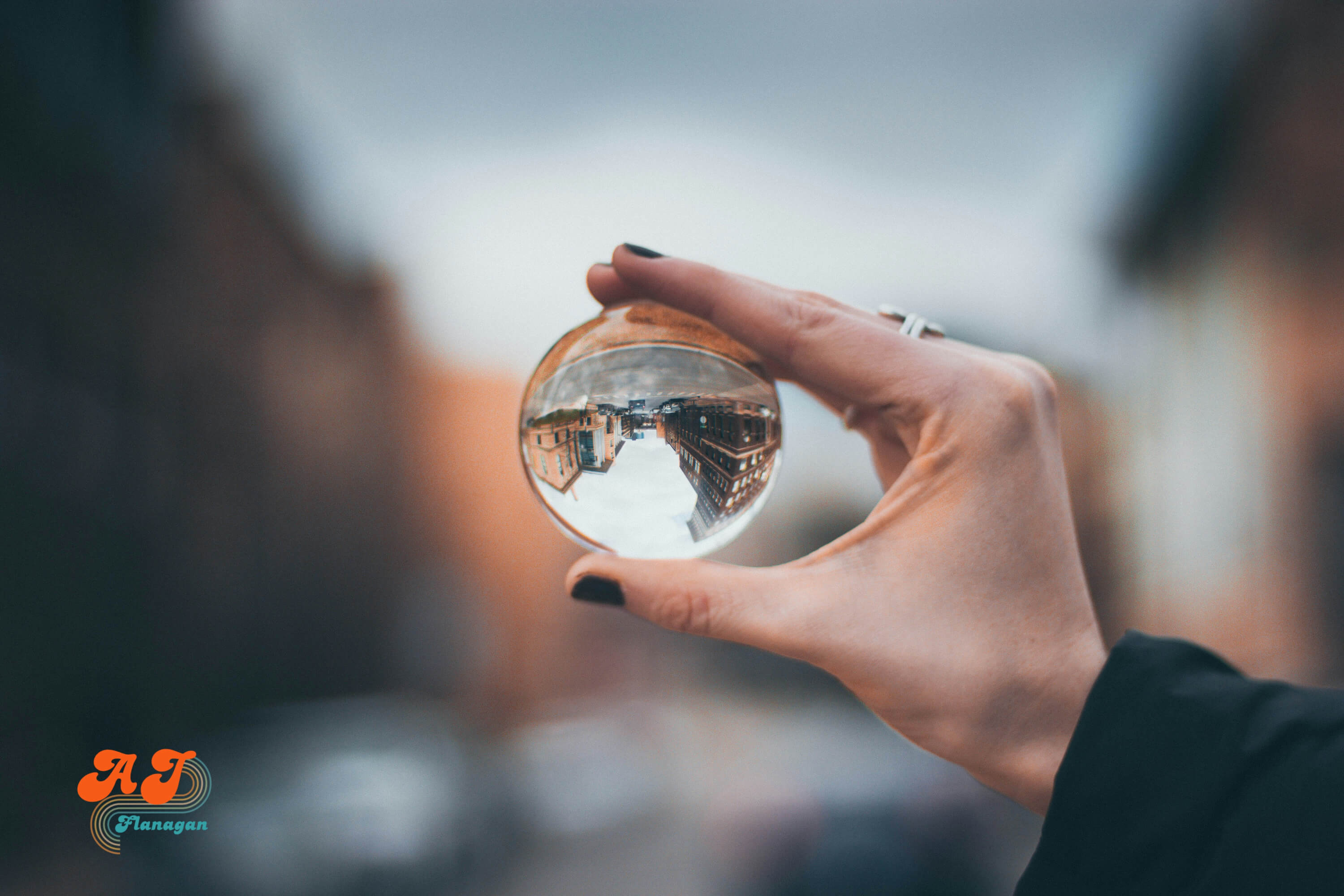
Reframing the Conversation
What if we stopped calling it woo-woo and started calling it what it is—intentional living? What if we gave ourselves permission to ask different questions? What if we stopped apologizing for wanting to feel better in a world that profits when we don’t?
For me, the turning point wasn’t one big “aha” moment. It was a series of small choices that added up. One cleaner swap. One supplement. One drop of oil on my feet before bed. No drum circles required.
I still remember as clearly as if it was yesterday. Peppermint essential oil... I rubbed a little on my temples and the cooling sensation helped my head feel better almost immediately. It was just the first in that series of aha moments for me.
I stopped taking OTC pain relievers and notice a HUGE difference in my gut health.
• Then: I needed a prescription for every symptom.
• Now: I reach for peppermint oil first.
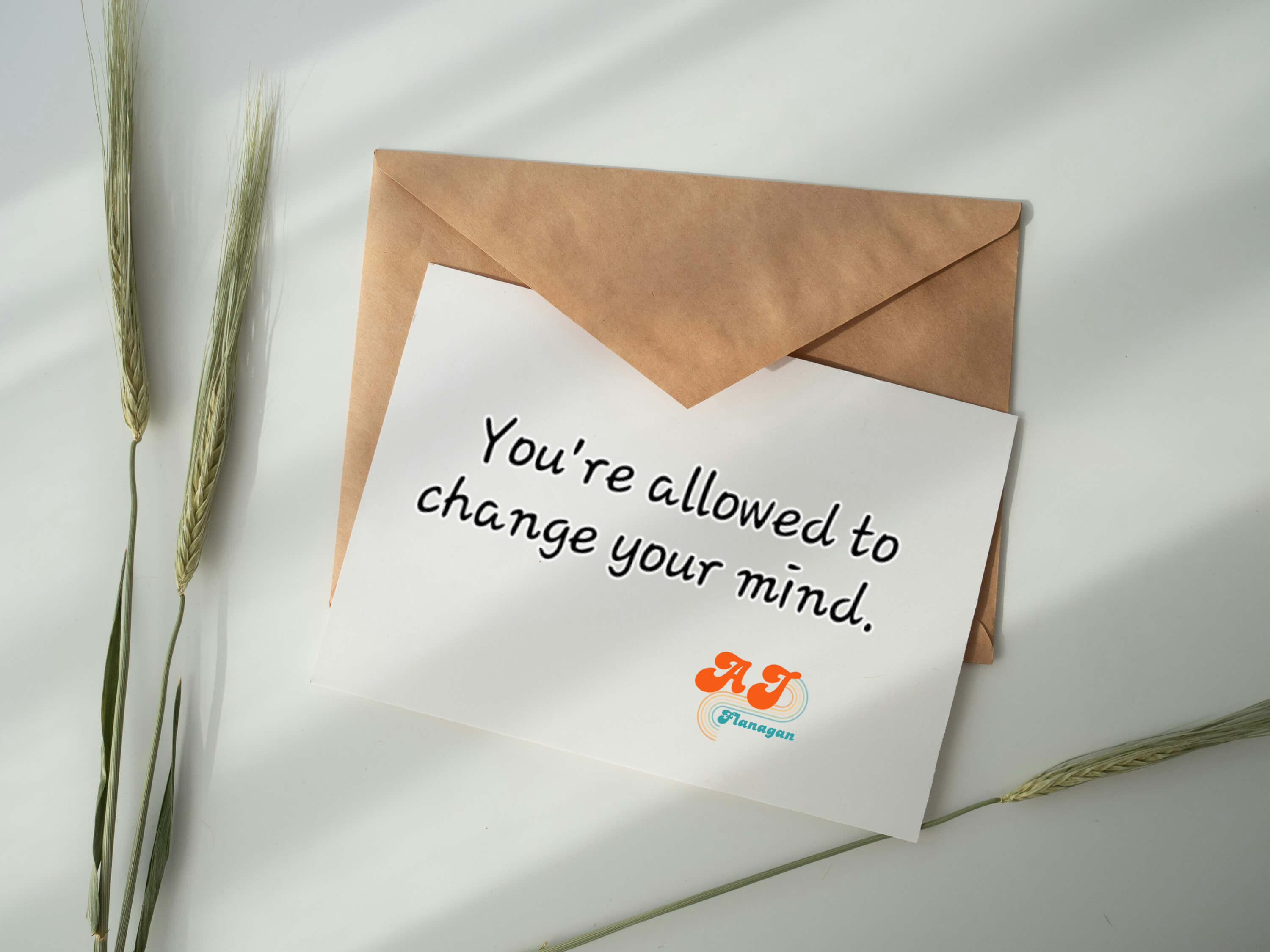
An Invitation, Not a Prescription
I’m not here to sell you on a lifestyle overhaul. I’m just here to say: you’re allowed to explore the things that work for you—even if they sound a little “out there” to someone else.
You’re allowed to change your mind. You’re allowed to question the packaging. You’re allowed to create a home and body that feel safe, supported, and more you. You can blend in the wisdom without abandoning the modern world.
I’m not an expert. I’m just someone who got curious—and kept following the trail. If you’re curious too, here’s where to start:
And if you ever want to chat about how I got started—or how you can try some of the things that made a difference for me—just reach out. Zero pressure. Total curiosity welcome.
Here’s to finding what works (and letting go of what doesn’t),
AJ
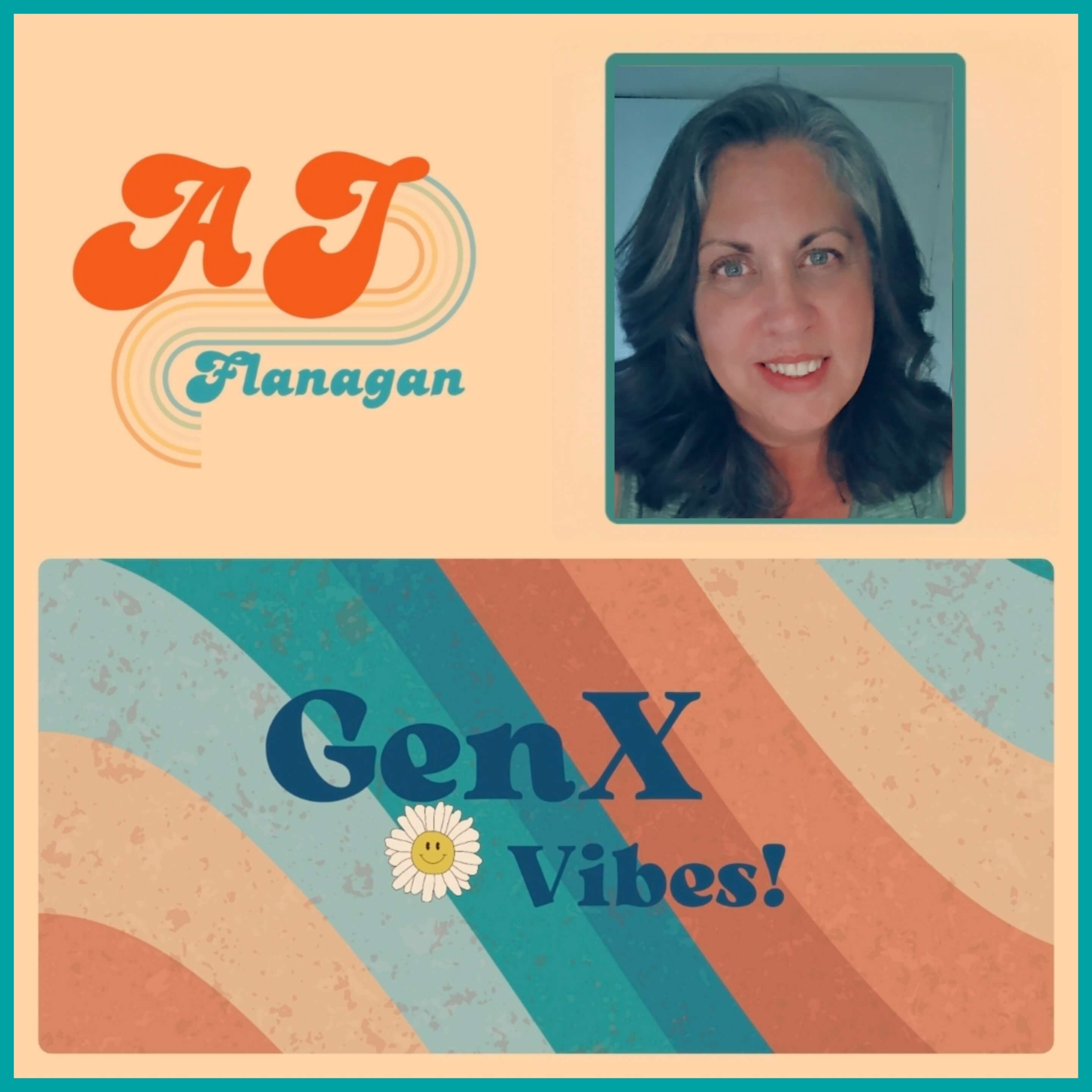
If you’ve made it to the bottom of this post, I’m guessing something here resonated—whether it’s navigating grief and growth, diving into natural wellness, or just trying to live a more intentional life in a fast-paced world.
This space is where I share what I’m learning (and unlearning), the tools that are helping me along the way, and the little things that bring joy, healing, and clarity—even on the hard days.
This space is where I share what I’m learning (and unlearning), the tools that are helping me along the way, and the little things that bring joy, healing, and clarity—even on the hard days.
Want in?
You’re invited to join my newsletter, Finding What Works—a weekly-ish note from me with practical wellness tips, nostalgic nods for GenX souls, and honest reflections from someone who’s still figuring it all out (but loves sharing the good stuff along the way).
This isn’t about perfection or pressure. It’s about finding what supports us, what lights us up, and what brings us back to ourselves—together.
You’re invited to join my newsletter, Finding What Works—a weekly-ish note from me with practical wellness tips, nostalgic nods for GenX souls, and honest reflections from someone who’s still figuring it all out (but loves sharing the good stuff along the way).
This isn’t about perfection or pressure. It’s about finding what supports us, what lights us up, and what brings us back to ourselves—together.
Click here to subscribe and come along for the ride. I’d love to have you in my corner.
Have a question or something to share?
✨ My blog exists because I know what it feels like to keep everything jumbled in your head — like a messy pile of clothes you can’t sort through.
Writing it all down brings clarity, calm, and sometimes even healing answers I didn’t know I was looking for.
Honestly, that’s why I keep showing up to write — it helps me make sense of things.
Even if you have no intentions of ever publishing your work, I highly recommend writing stuff down. It doesn't have to be a literary masterpiece or even full, grammatically correct sentences... just dump those random thoughts onto paper... you'll see what I mean.
*This blog centers the GenX experience, simply because that’s the lens I live through—but anyone looking for connection, natural wellness, grief support, or a little real-talk in this messy stage of life is more than welcome.
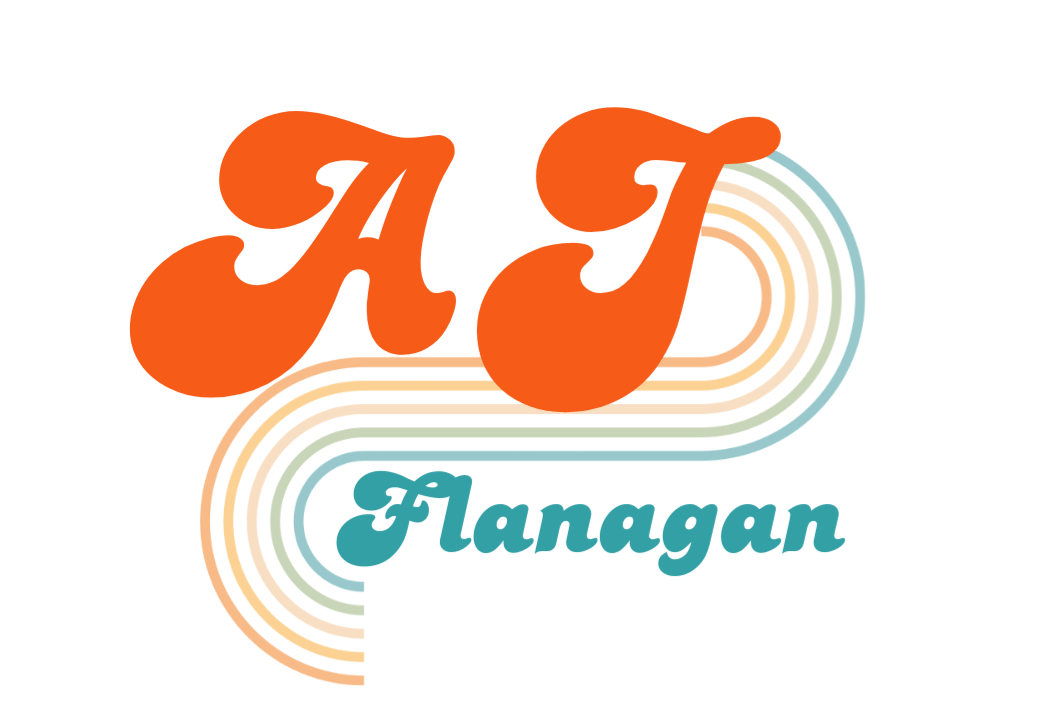

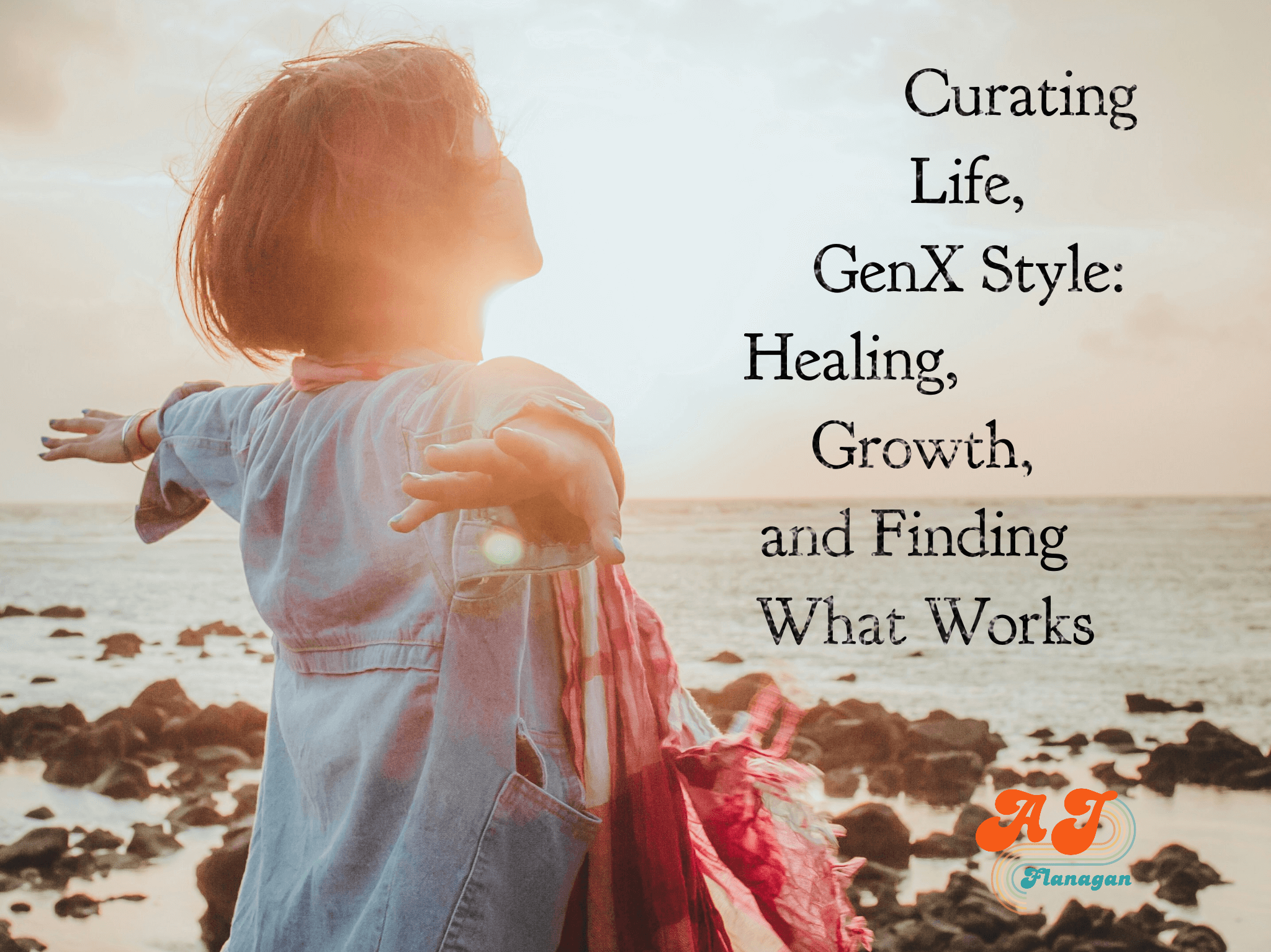
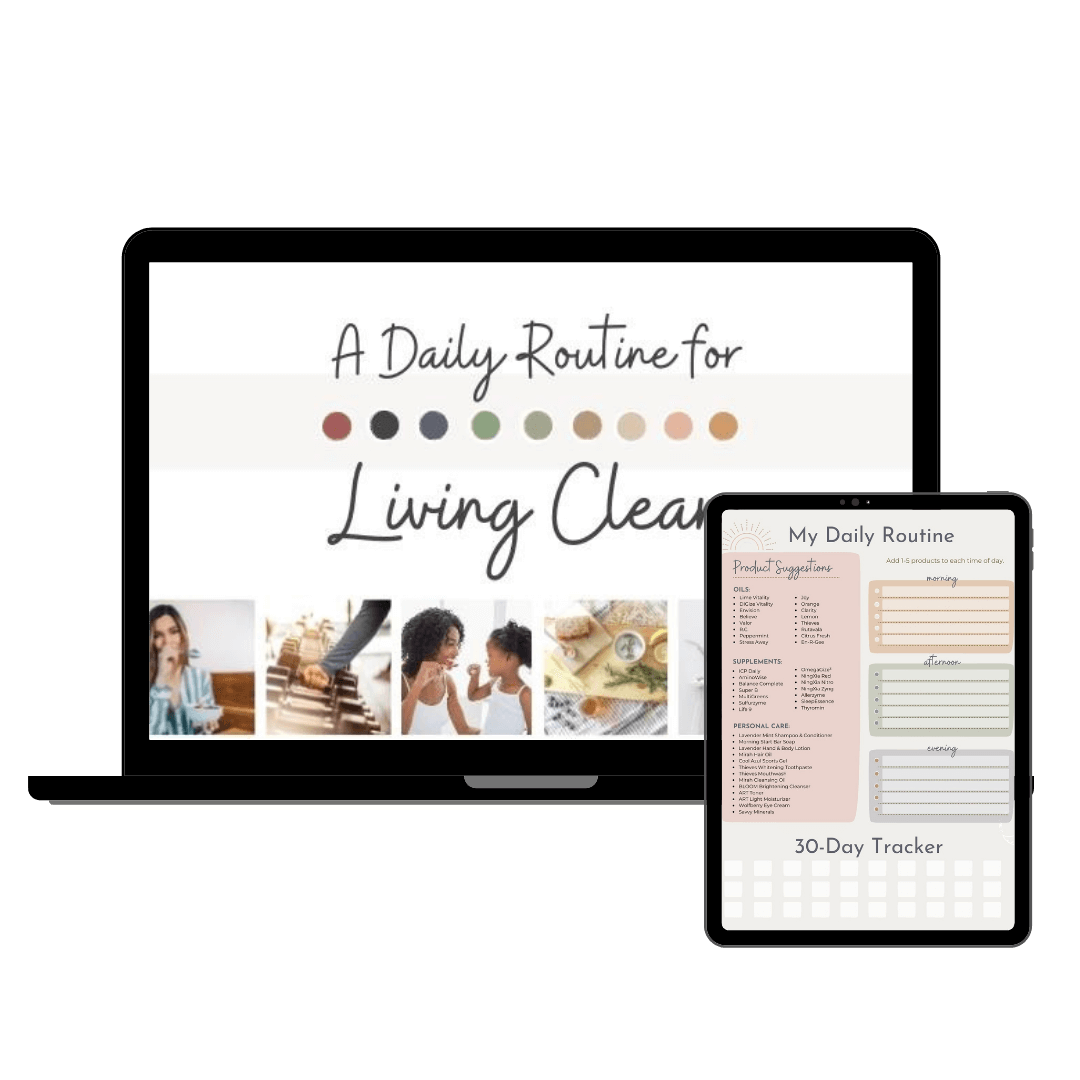
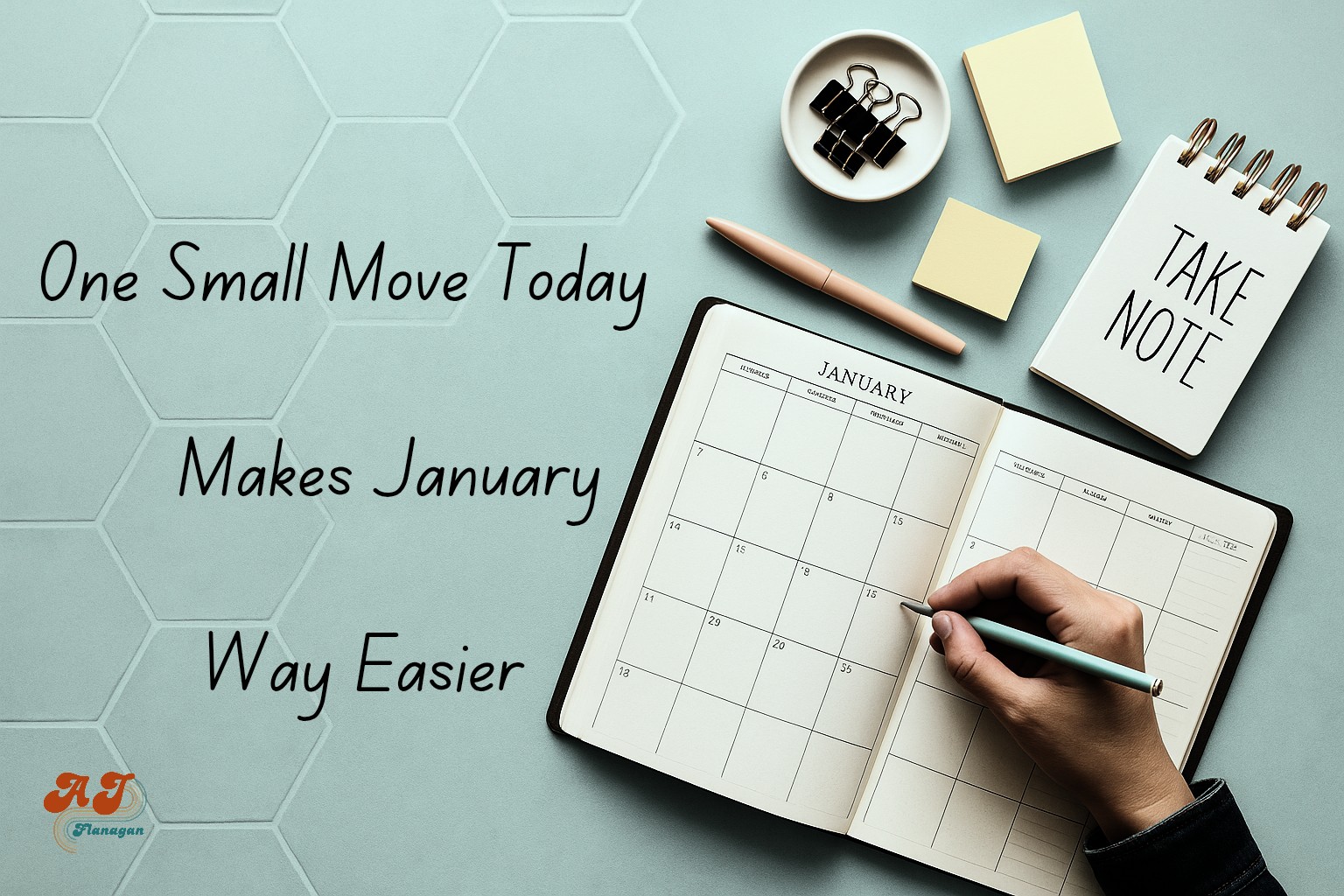
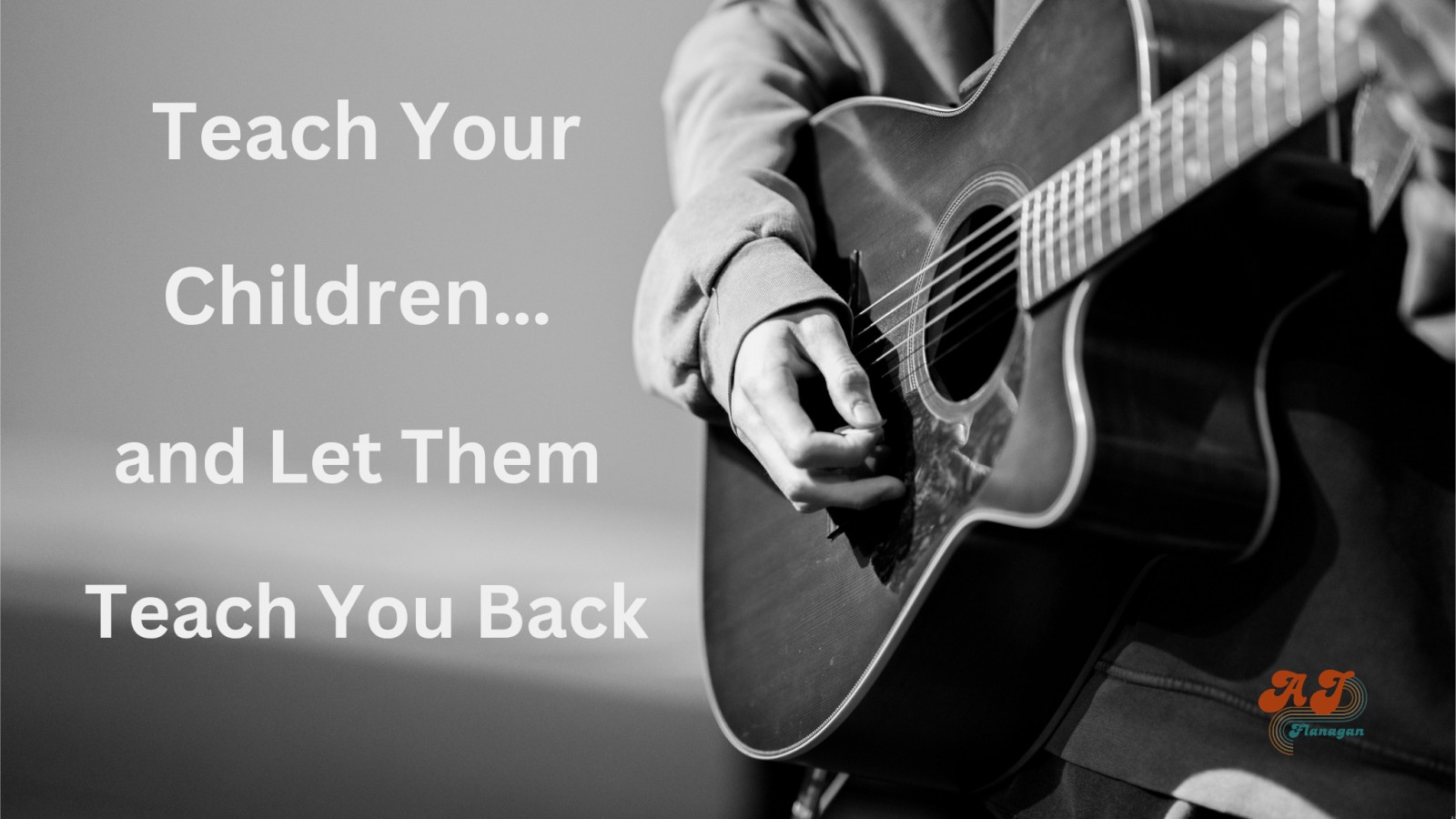
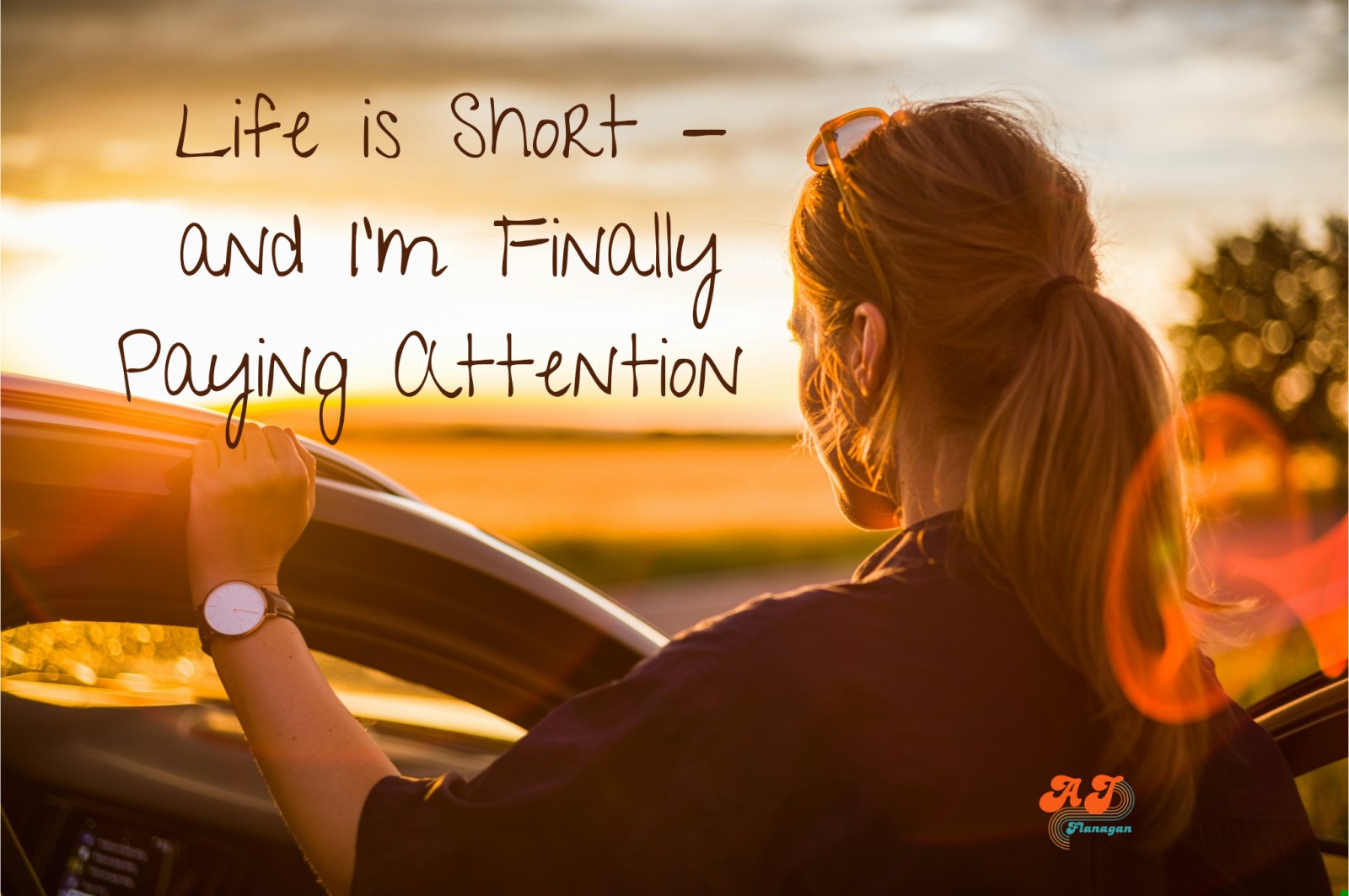
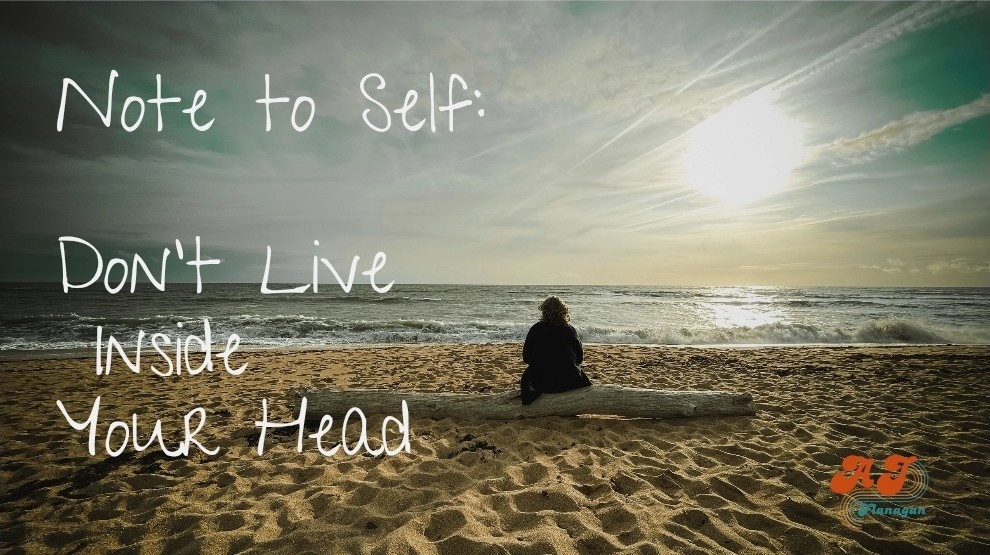
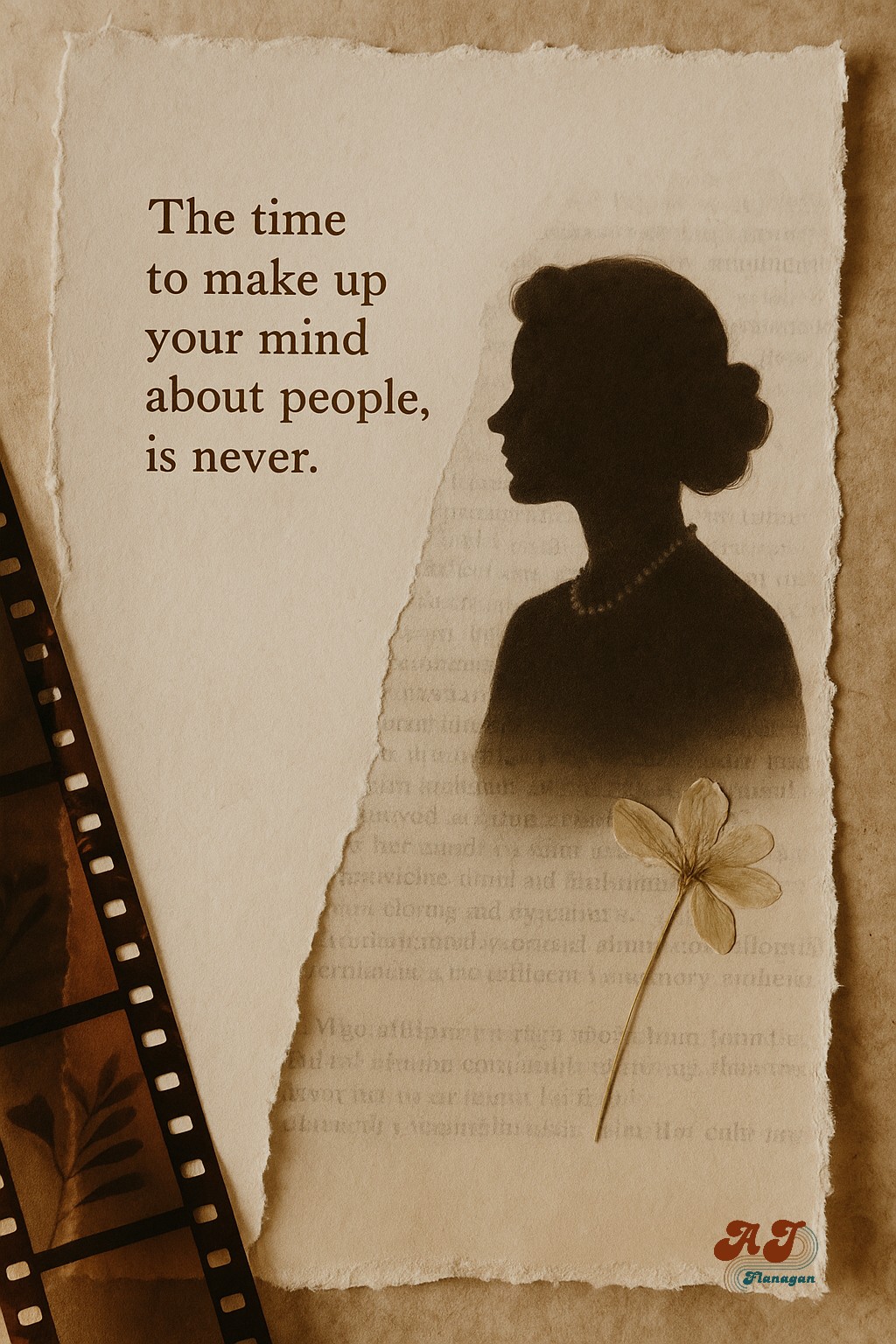

0 Comments